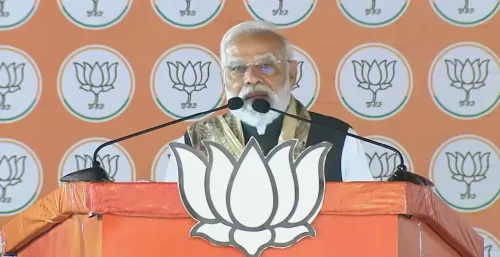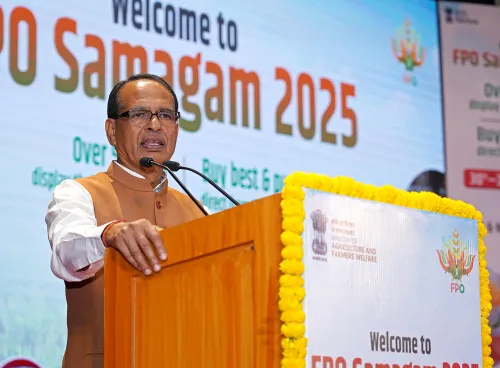Are Civic Bodies Ready for the Supreme Court's Stray Dog Order?

Synopsis
Key Takeaways
- The Supreme Court's ruling requires swift action from civic authorities.
- Concerns arise over inadequate infrastructure for stray dog shelters.
- Animal welfare organizations emphasize the importance of humane treatment.
- Temporary measures are being considered by public institutions.
- Relocation may disrupt established social structures among stray dogs.
Chennai, Nov 9 (NationPress) The recent ruling from the Supreme Court, which requires the removal of stray dogs from public areas including hospitals, colleges, bus depots, and railway stations within an eight-week timeframe, has put significant pressure on civic authorities. The mandate specifies that sterilised dogs must be relocated to designated shelters that feature fenced areas and nodal officers to prevent their return.
Nevertheless, municipal officials have voiced concerns over the feasibility of this deadline, citing a lack of adequate infrastructure and funding. For example, Chennai currently does not have dedicated facilities for stray dogs. Plans to create six shelters in partnership with the state animal welfare board are still in the initial stages and may take several months to finalize.
Additionally, ten new Animal Birth Control Centres are anticipated to be operational only by December, while two specialized facilities for rabies-infected and aggressive dogs are in the planning stages at Perungudi and Madhavaram.
Authorities highlight that while sterilisation and vaccination initiatives are in place, no financial support has been allocated for the housing or long-term care of the captured dogs.
With numerous strays wandering the city streets, the logistics of relocating them swiftly seem nearly impossible. Public institutions are now considering temporary solutions. Major government hospitals in Chennai, such as those located in Egmore and Kilpauk, are contemplating the installation of physical barriers to deter dog entry.
Given that daily foot traffic exceeds a thousand, officials emphasize that open perimeters and multiple access points complicate enforcement significantly. Some hospitals are exploring options like trench gates or bollards as preventive measures. The issue is even more pronounced at busy transportation hubs.
At Chennai Central railway station, stray dogs can frequently be seen roaming the platforms, often accompanying homeless individuals who sleep on-site. Overflowing garbage bins and food waste further exacerbate this situation.
Similarly, at the Koyambedu bus terminus, packs of dogs have been reported chasing passengers and vehicles, with instances of aggressive behavior near specific platforms.
Animal welfare organizations have raised alarms, asserting that relocating street dogs to shelters may result in overcrowding and poor living conditions. They advocate that sterilised and vaccinated dogs should remain in their familiar environments, as forced relocation could disrupt their social structures and introduce new challenges elsewhere.









